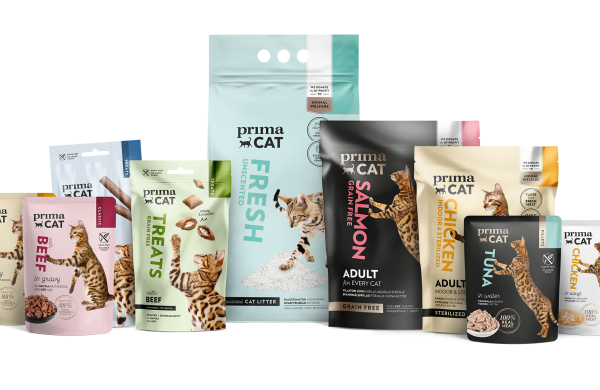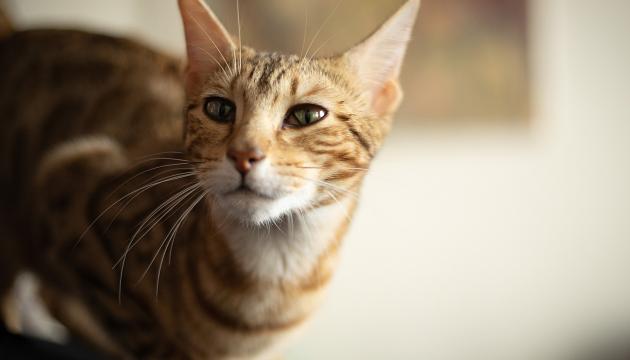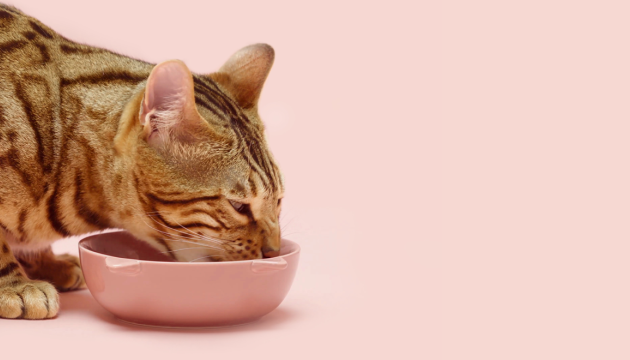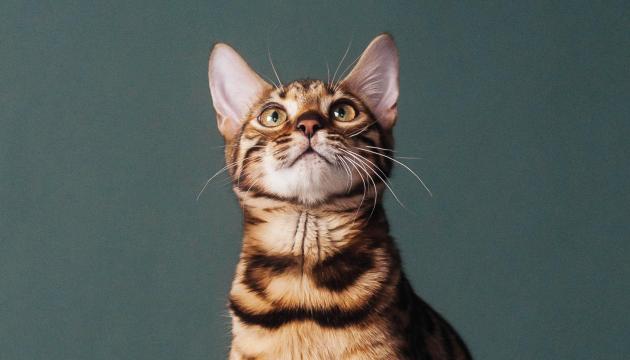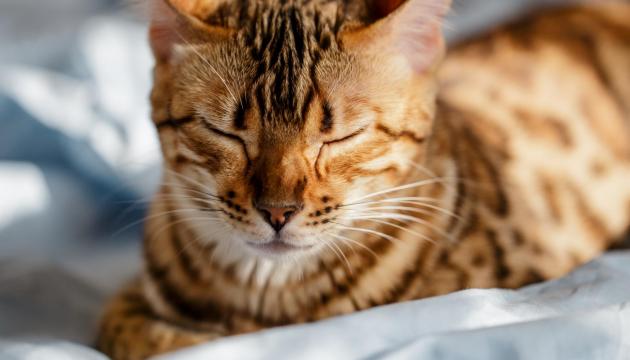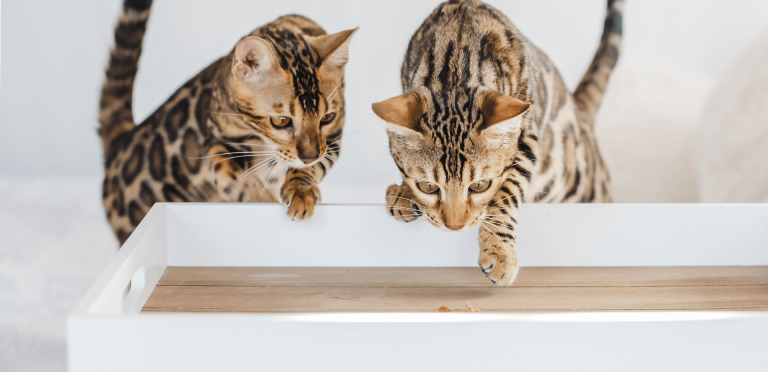

How to identify high-quality cat food?
High-quality cat food supports your cat's full and healthy life. The product label on cat food can help you assess the quality of the food, as the place of purchase and price of cat food are often not reliable indicators of quality. However, the product labels on cat foods can be quite a jungle to navigate if you do not know how to interpret them correctly.
So, how can you identify high-quality cat food? From this article, you will find an easy 5-step list on how to evaluate the quality of cat food and how high-quality cat food can help support your cat's wellbeing.
Also, read our tips on choosing food that suits your cat's individual needs.
High-quality cat food
Here are five questions to ask when assessing the quality of cat food based on the product label.
1. Is the cat food complete or supplementary?
If the packaging advises giving your cat dry food in addition to wet food, it is very likely that the cat food is supplementary food. Supplementary cat food is not suitable as the cat's main food because it does not contain all the nutrients a cat needs daily.
A responsible cat food brand will clearly state in the product label whether the cat food is complete or supplementary.
Supplementary food may also be referred to as "complementary food," as done in the product labels of PrimaCat Fillets and Soup wet foods. All PrimaCat cat food packages indicate whether the food is complete or supplementary. Read more about the differences between complete and supplementary cat food, and how to dose supplementary foods for your cat.
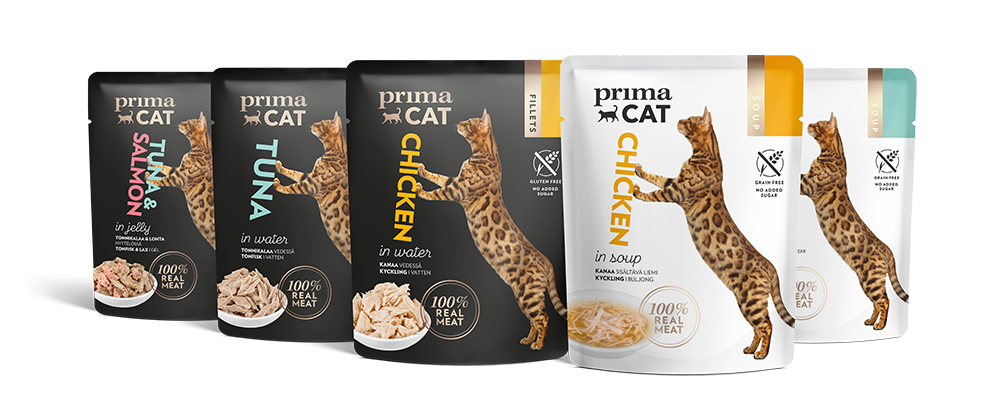
2. What are the main ingredients of the cat food?
Check that the first ingredients listed on the label are meat or fish. High-quality cat food consists mainly of animal-based ingredients, which play a key role in the cat's diet.
High-quality cat food takes into account that cats are obligate carnivores, requiring a diet rich in meat for their bodily functions. For example, cats need certain essential amino acids from their food. Learn about the cat’s natural diet.
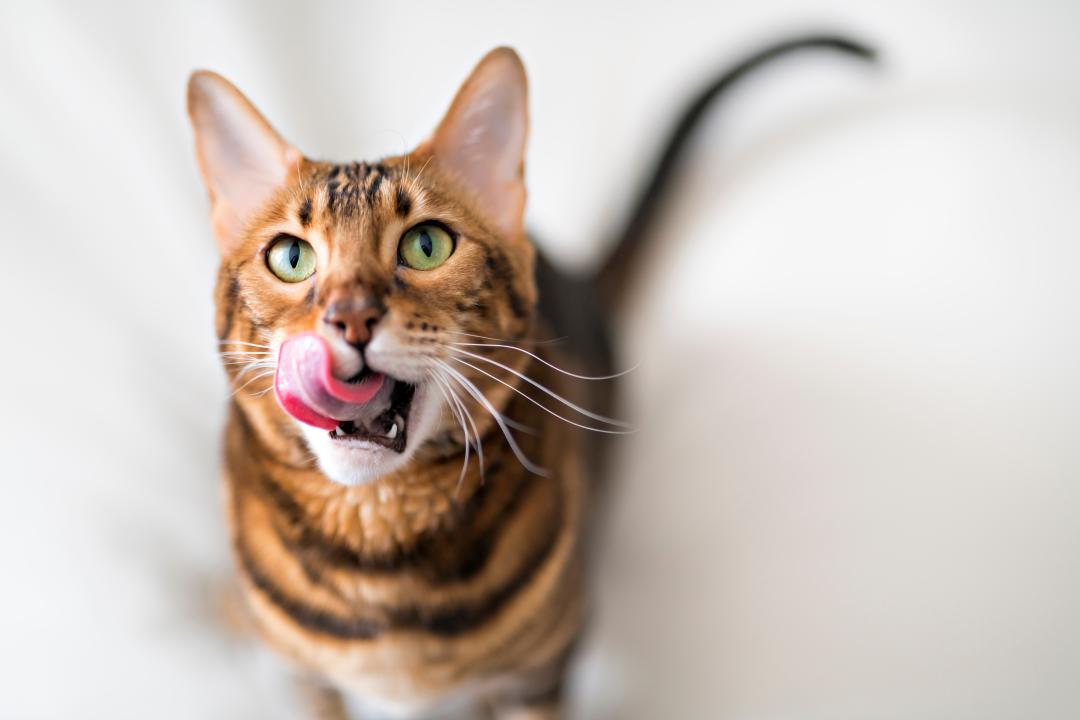
3. Does the cat food contain lots of grains or other plant-based ingredients?
Grains and vegetables should be used in the cat food in very moderate amounts, since cats do not really need them in their diet. Food high in carbohydrates can make the cat to gain weight, as it is absorbed less efficiently than meat-based food and does not keep the cat full enough. This can lead the cat to overeat.
The amount of plant-based ingredients in the cat food can be unnecessarily high if the product's declared meat content is low or the product contains several plant-based ingredients. Sometimes cat food manufacturers separate wheat, wheat flour and wheat gluten in the nutrition label, so that wheat would not be the first ingredient listed in the label.
Wet cat food can be prepared completely without grains or vegetables, but dry food requires plant starch as a binder to keep the kibble together. The amount of plant-based ingredients in a cat's diet can be reduced by feeding grain-free wet food as the main meal and dry food as a snack or treat.
Did you know that PrimaCat's popular Classic wet foods are completely grain-free complete cat foods? You can also find options tailored for kittens and sterilised cats in the Classic range. Explore the products.
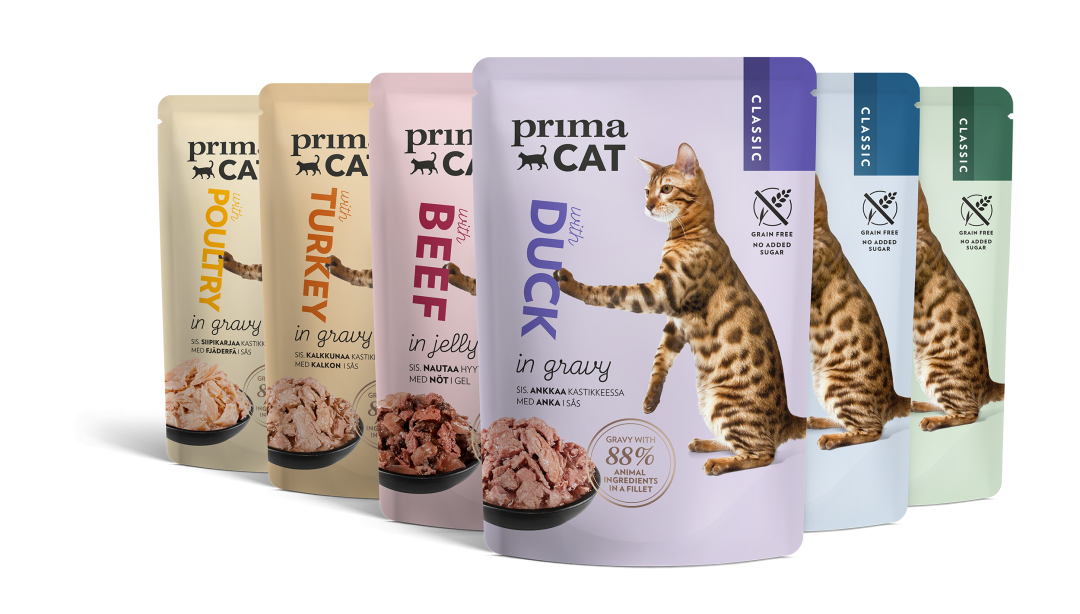
4. Is there taurine added to the cat food?
Taurine is an essential amino acid for cats, impacting their vision, immune system, and heart function. Make sure the cat food you choose has added taurine, as the process of making cat food might destroy some of the taurine naturally found in the ingredients. The natural sources for taurine are meat and fish.
Supplementary cat foods often do not have added taurine, which is another reason to focus on complete foods in your cat's diet.
Looking for practical tips on feeding your cat and how to portion the food? See more advice on how to feed your cat in a way that supports the cat’s wellbeing.
5. Does the cat food contain added sugar?
High-quality cat food does not contain hidden sugar, i.e. added sugar. Added sugar is completely unnecessary for the cat's nutrition and together with other carbohydrates, such as wheat, can cause the cat to become overweight. Has your cat already gained some extra weight? See our instructions on feeding and dieting an overweight cat.
If a cat is used to the cat food containing added sugar, switching to a healthier option might be challenging. Even though cats are known to have a poor taste for sweetness, they often prefer familiar tastes and smells. However, sugar-free food is a better choice for a cat's wellbeing, so it is worth trying to switch. Check out our advice on changing your cat's diet.
High-quality cat food in a nutshell
- Main ingredient: meat or fish
- Moderately low in carbohydrates
- Added taurine
- No added sugar
You can find PrimaCat cat foods that support your cat's wellbeing at your local grocery store, affordably priced. PrimaCat cat foods are always rich in meat and contain no wheat or added sugar. Learn more about how PrimaCat cat foods meet your cat's natural nutritional needs.
